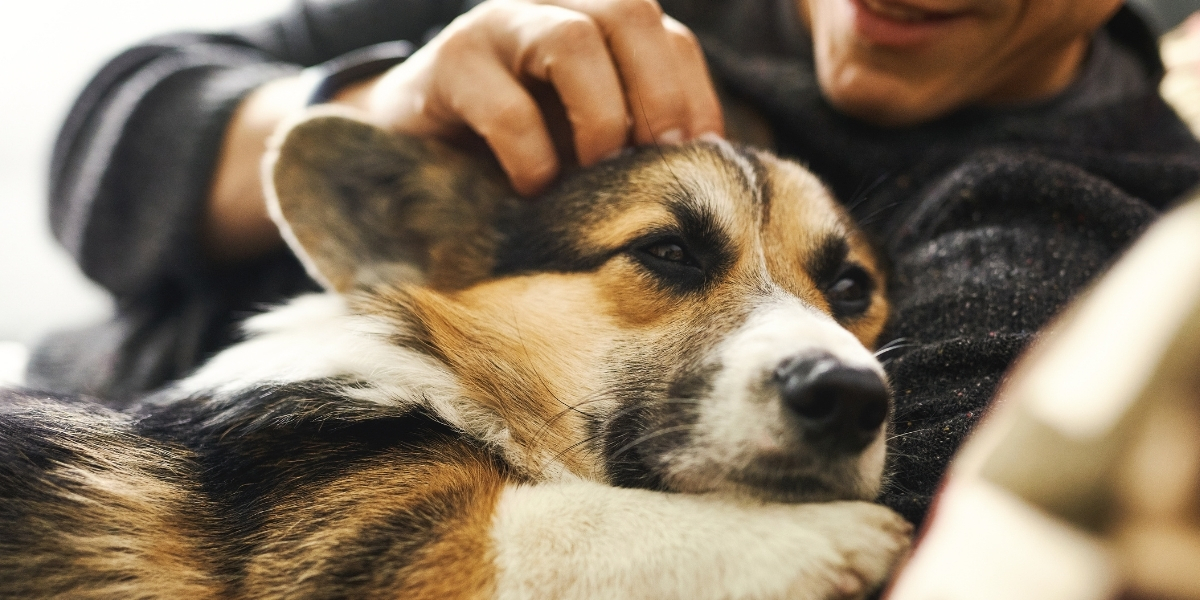Maintaining healthy skin and coat is critical to the wellbeing of our dogs and cats. Unhealthy skin or hair coat may lead to itchiness and discomfort, possibly altering an animal’s social behavior. Keeping our pets healthy can help prevent skin infections and may reduce allergenic effects of hair loss and dander on both humans and other pets in the home.
Coat characteristics often vary by breed, season and stage of lifecycle but in general, everyone looks for the following: our pet’s coat should be shiny and smooth, not brittle, coarse, dull, broken or matted. The skin should be supple and smooth with good elasticity, not greasy or dry and flaky, scaly or bumpy.
Environmental Causes of Skin and Coat Challenges
Skin challenges our dogs and cats face are often very similar to the ones we face. For example, changing seasons and weather impact our skin, and the same is true for our pets. Low humidity causes the oils in skin to dry out leading to flakiness, itchiness and irritability.
Dogs and cats may also suffer from seasonal allergies — the very same seasonal allergies that many of us experience. For example, pets may be sensitive to allergens in weeds, grasses, pollens, house dust and other pets. These allergic reactions can cause itchiness and irritation, which can lead to more significant skin challenges.
The products or materials our pets come into contact with can also impact their skin and coat. The soaps or shampoos we use on our pets can cause irritation or the material used for bedding can be an irritant. Bedding made with natural materials like straw or sawdust may lead to skin irritation if our pet has a sensitivity to them.
Four Tips To Improve the Look of Our Pets
Discovering the root cause of a skin and coat issue in dogs and cats is oftentimes a process of elimination. Here are four practical things we, as pet parents, can do to eliminate those issues and improve our pets’ skin condition:
- Be sensitive to our pet’s environment
As mentioned before, skin conditions in dogs and cats may be caused by products or materials in the home. We may have to make changes to the pets’ environment to eliminate these problems. This could mean switching to a new brand of cat litter, buying a new dog bed or asking a pet groomer to use a different kind of soap or shampoo.
- Be sensitive to our pets’ diet
A healthy coat of hair is achieved from the inside out, and it starts with good nutrition. Protein, amino acids and fats all play a role in the maintenance of the hair follicles and helping make the coat shiny. We can start by reading the food label to see if healthy fats, like omega-3 and omega-6, are included.
Pet foods purchased at the store will have a nutritionally balanced formula, but for homemade pet food, it’s important to make sure it follows the recommendations of the Association of American Feed Control Officials (AAFCO).
Read more: Understanding Balanced Nutrition in Pet Food
- Supplement the diet with zinc
Zinc is king when it comes to preventing skin irritation, infections or other issues. If our pet is experiencing any of these issues, one of the easiest things to do is provide a zinc supplement like Zinpro zinc. This type of zinc can help pets develop a fuller, darker, smoother and softer coat than the type of zinc found in most standard pet foods. Zinpro zinc is listed on pet food labels as zinc methionine complex or zinc amino acid complex. Look for it on the ingredient panel.
- Consult a veterinarian
While the tips above can help prevent or eliminate skin and coat issues with our pets, consulting a veterinarian is important. A veterinarian can help diagnose any challenges and determine whether they are nutritional or environmental.
Improve Skin and Coat from the Inside Out
Maintaining a good coat of hair can help improve our pets’ health and wellbeing. The four tips above can go a long way to preventing and eliminating skin and coat issues.
Visit the companion animal section at zinpro.com to learn more about how nutrition affects companion animal wellbeing.

